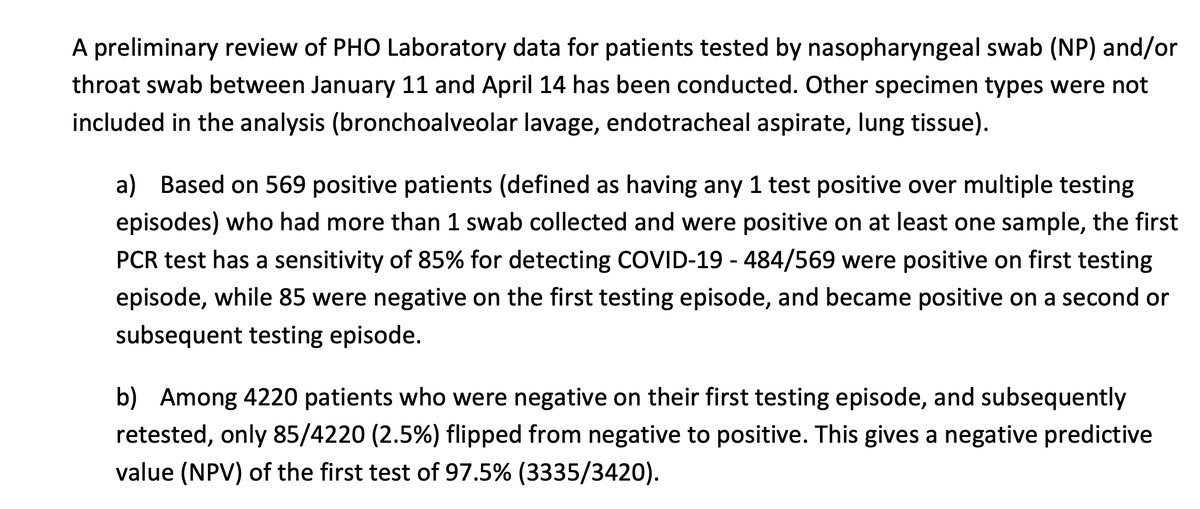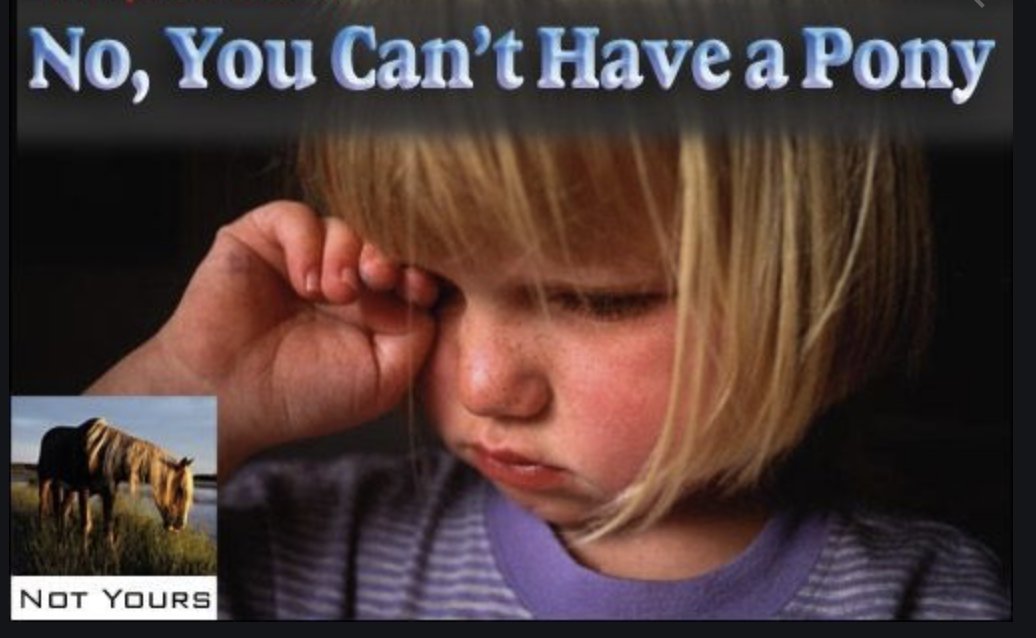Today, I& #39;m thankful for Bayes Theorem. Let us explore one practical aspect: is the 10-14 day quarantine requirement doing more harm than good? I& #39;m sure epidemiologists already know this, but I& #39;m moreso working it out for myself. /1 @Billius27 @JasonSalemi @AAlJaishi
I speak of the requirement to isolate even after a negative PCR Covid test. This is a legal requirement in Alberta and Ontario (I think), maybe other provinces. So if you have the sniffles, and get tested for Covid, then in Alberta you have to quarantine for 10 days... /2
... regardless of test result or whether symptoms resolve. So why bother getting tested? Why not just isolate while symptomatic and get back to your life when your pinkeye goes away? Obviously, I& #39;m asking for a friend here. My friend Lindsey, say. /3
The requirement exists because you can test negative for Covid yet still have the disease. The complement of test "sensitivity." See here for a great primer, please read the whole thing. /4 https://twitter.com/JasonSalemi/status/1314639757532565506">https://twitter.com/JasonSale...
Here& #39;s the question: how many people must refuse to test before it& #39;s worth letting a negative test clear someone? Say that prevalence (Bayes prior) is 2%. (I& #39;m using test positivity in Alberta). PCR sensitivity is nearly 100%, but clinical (real world) sensitivity is lower.../5
...because of sampling, viral load in the early days, bunch of things. Wuhan clinical sensitivity was as low as 70%, see here for a description of Ontario& #39;s sensitivity of 85% in this sample. /6 https://www.publichealthontario.ca/-/media/documents/lab/covid-19-lab-testing-faq.pdf?la=en">https://www.publichealthontario.ca/-/media/d...
At 85% sensitivity and 2% Baysian prior (prevalence), there will be three false negatives per 1000 people tested. 980 are quarantining because of these three. (20 actually have the illness). Here& #39;s a family of curves given prevalence and sensitivity. /7
With 2% prevalence and three false neg per thousand, how many people need to refuse testing in order in order for society to be worse off? So if X people with 2% probability of covid refuse testing, how big is X before missing more people from refusal than from false neg? /8
That& #39;s easy. 3/0.02 = 150. Hmm. This is just (1-sensitivity)*1000. This is a general rule! Regardless of prevalence, if > (1-sensitivity)% of people refuse testing, society is worse off. I& #39;m probably describing something epitwit already knows, sorry I& #39;m ignorant! /9
"But everyone symptomatic should get tested as a matter of shared sacrifice and fellow feeling," you might say. Sure. Here you go. /10
In the real world, people respond to incentives. "Get a test, get cleared, get back to life," is a good incentive. Close contact is tougher, maybe test twice to clear. Who thinks about co-operating with a contact tracer if costing a friend her job or business if self-empl& #39;d? /11
Anyway, maybe the testing incentives are backwards? "Get tested and lose two weeks of your life, regardless," is not a great message. In business strategy, I call it the high-risk option masquerading as the low-risk option. /12
Like an oil and gas CEO thinks rebuilding the organization for a carbon constrained future seems high risk, but that& #39;s actually the low-risk option because carbon budgets are collapsing. Or deep value investing (yielding 20%, I& #39;m paid to wait!) seems low risk but it& #39;s so not. /13
Similarly, conservatism on isolation requirements might seem justified, as you& #39;re missing 15% of sick people with an 85% sensitive test. But if it means fewer people get tested, that might be worse. /end

 Read on Twitter
Read on Twitter




